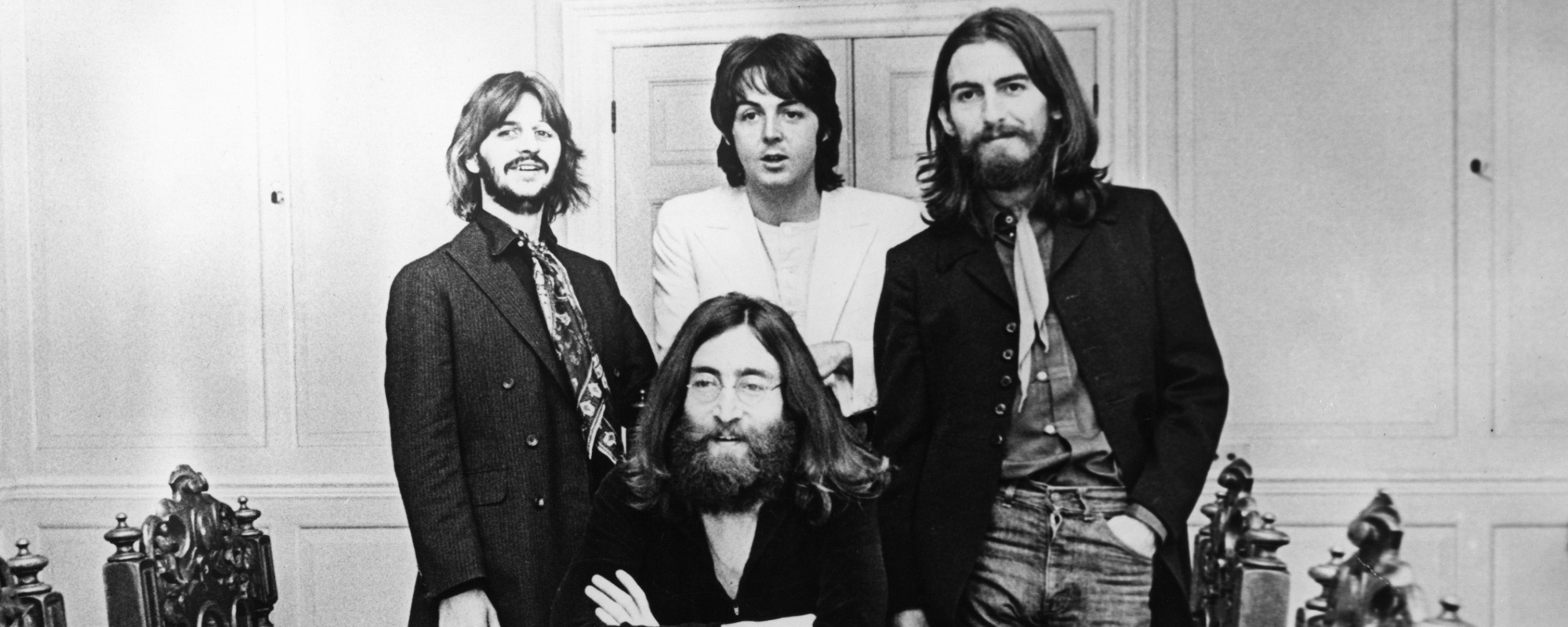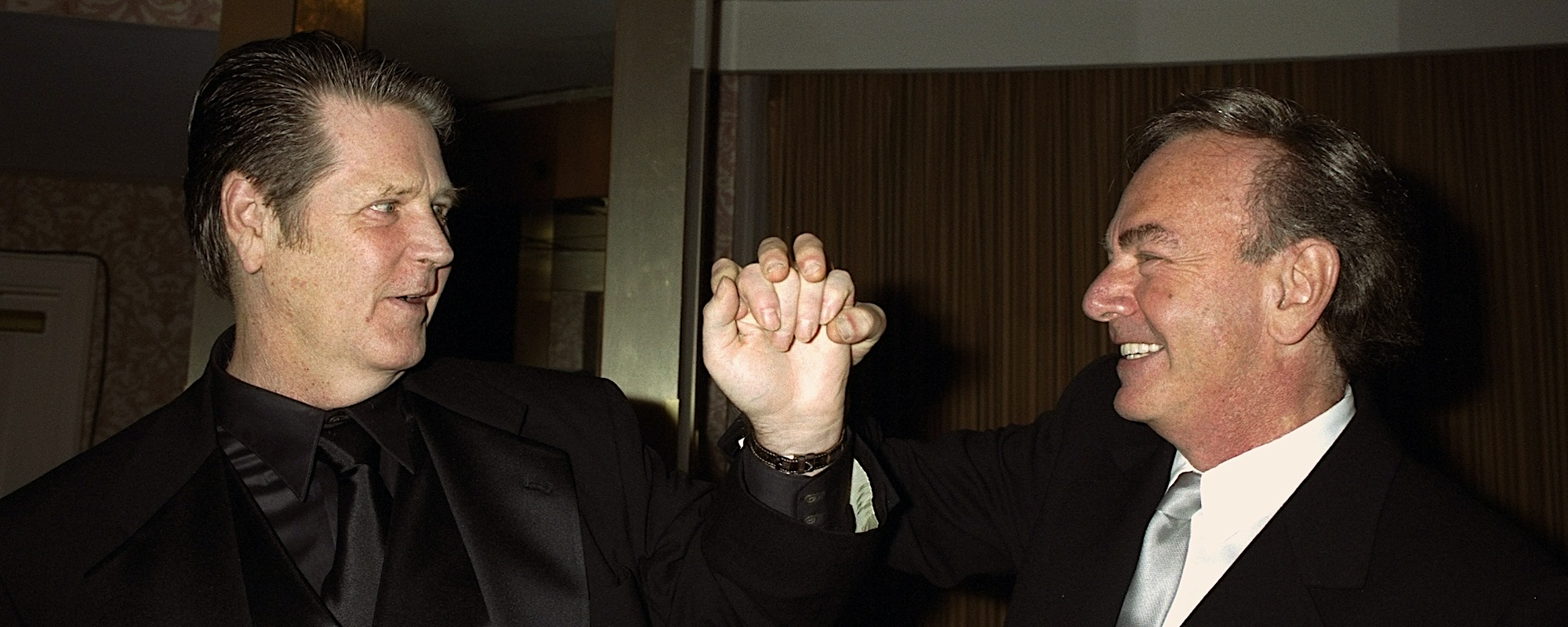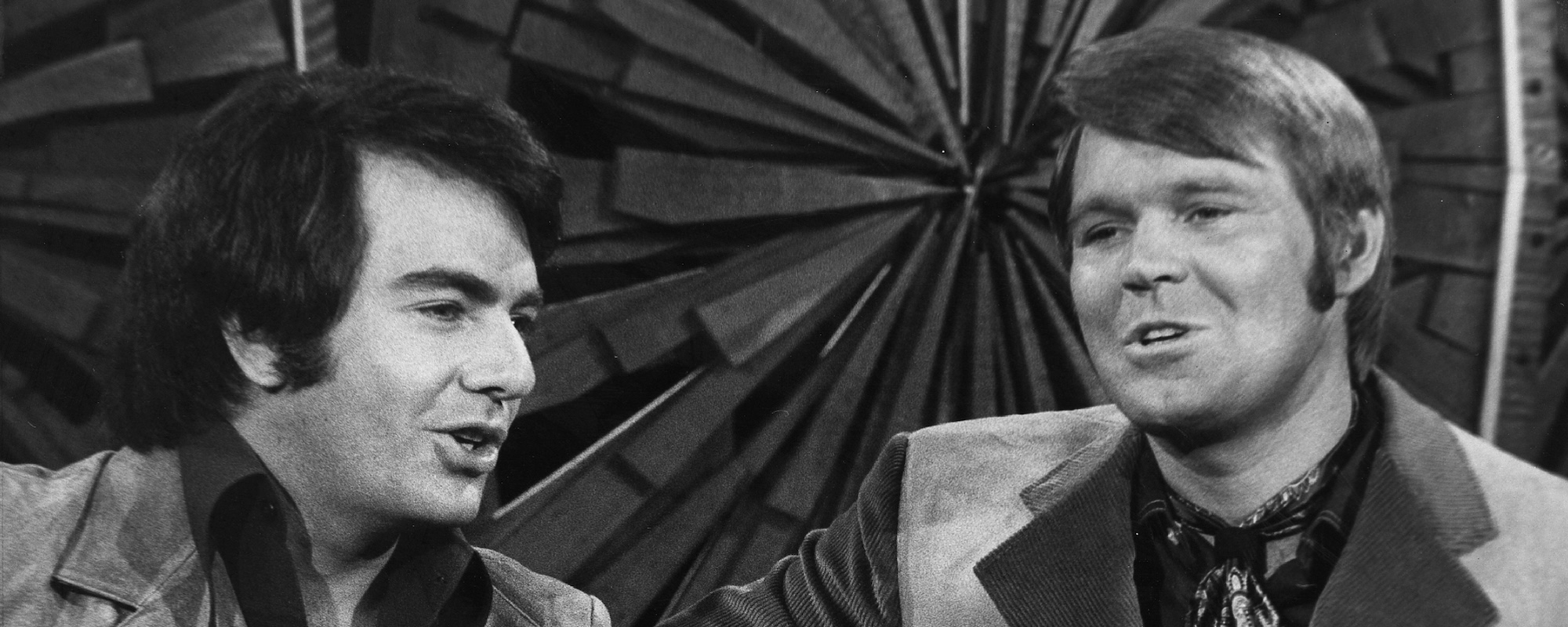By 1988, Tracy Chapman‘s name was everywhere. The success of her debut single “Fast Car” earned her a Top 10 hit (at No. 6 on the Billboard Hot 100) and topped the charts internationally. Chapman’s debut self-titled album fared even better, going to No. 1 in the U.S. and internationally.
Though her next two single “Talkin’ ’bout a Revolution” didn’t make as big a splash, her third, tender pop ballad “Baby Can I Hold You,” left Tracy Chapman in the top 10 (No. 19) on the Adult Contemporary chart.
Chapman’s lyrics read like a letter to a lover, of miscommunication and being at a loss for the right words.
Sorry
Is all that you can’t say
Years gone by and still
Words don’t come easily
Like sorry, like sorry
Forgive me
Is all that you can’t say
Years gone by and still
Words don’t come easily
Like forgive me, forgive me
But you can say, Baby
Baby, can I hold you tonight?
Maybe if I told you the right words
Ooh, at the right time
You’d be mine”
I love you
Is all that you can’t say
Years gone by and still
Words don’t come easily
Like I love you, I love you
Videos by American Songwriter
[RELATED: Tracy Chapman Becomes First Black Woman to Win CMA for Song of the Year]
Covers by Neil Diamond, Pavarotti, Billy Ocean—and a Nicki Minaj Lawsuit
Irregardless of its chart position, and chart position following “Fast Car” and Chapman’s 1996 hit “Give Me One More Reason” from Crossroads, “Baby Can I Hold You” left a deep impression on som artists, who continued snatching it up to record.
Shortly after its release, Neil Diamond recorded “Baby Can I Hold You” for his 1988 album The Best Years of Our Lives. Produced by David Foster, who also co-wrote most of the tracks with Diamond, the album featured all new originals with one cover, Chapman’s.
In 2000, Chapman revisited “Baby Can I Hold You” and re-recorded the song as a duet with Luciano Pavarotti for the album Pavarotti and Friends for Cambodia and Tibet, which also featured collaborations with George Michael, Eurythmics, and Enrique Iglesias, among others.
Chapman also appears on a duet with Pavarotti on her 2000 single “Telling Stories,” the title track of her fifth album.
Dozens of other artists covered “Baby Can I Hold” throughout the next few decades, including the Irish boy group Boyzone, who took it to No. 2 in the UK in 1997; Boyzone’s Ronan Keating also released a solo version in 2005. Billy Ocean released his rendition in 2003, along with actor and musician Billy Bob Thornton, who covered the Chapman song on his second album The Edge of the World. Keane‘s Tom Chaplin also covered “Baby Can I Hold You” in 2016, along with José Feliciano.
In 2018, Chapman sued Nick Minaj for copyright infringement after her song “Sorry,” featuring Nas was leaked and featured a sampling of “Baby Can I Hold You.” Chapman didn’t initially clear the song, and the case was settled in favor of Minaj, who ultimately cut the track from her fourth album Queen. The court ruled that her experimentation with Chapman’s song was protected under “fair use.”
“Artists usually experiment with works before seeking licenses from rights holders and rights holders typically ask to see a proposed work before approving a license,” said U.S. District Judge Virginia A. Phillips in the ruling. “A ruling uprooting these common practices would limit creativity and stifle innovation within the music industry.”

“It’s hard to be the commentator on your own work.”
Though “Baby Can I Hold You” can be read as a song about the misconstrued words and the inability to crack through more difficult subjects with a loved one, Chapman refrains from explaining the meaning behind her songs.
“It’s hard to be a commentator on your own work and try to analyze what you’ve written when sometimes you don’t even know what you’ve done,” said Champan in 1988. “That’s why I write songs and I don’t write books. People always want to know about the person that writes, and the easiest thing to do is assume that they write about themselves and that you can gain insight into what the writer thinks and feels. But that’s not necessarily true.”
Chapman adds, “In songs, you take on different personas and different characters, and try and put yourself in their place. Plus, I think that if you go about explaining everything about a song, it’s gone.”
Photo: Tracy Chapman, 1992 (Lynn Goldsmith/Corbis/VCG via Getty Images)













Leave a Reply
Only members can comment. Become a member. Already a member? Log in.